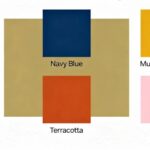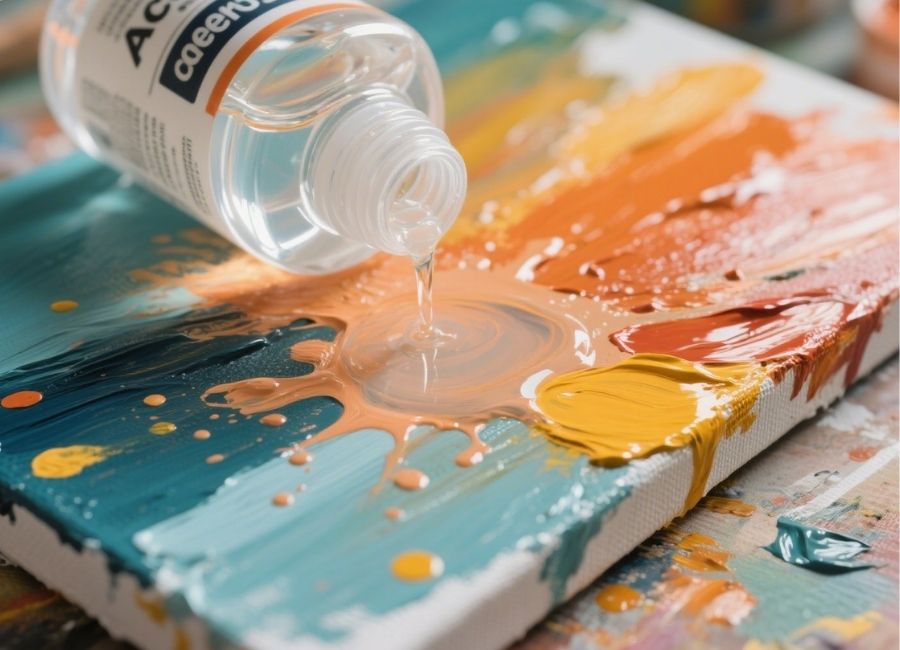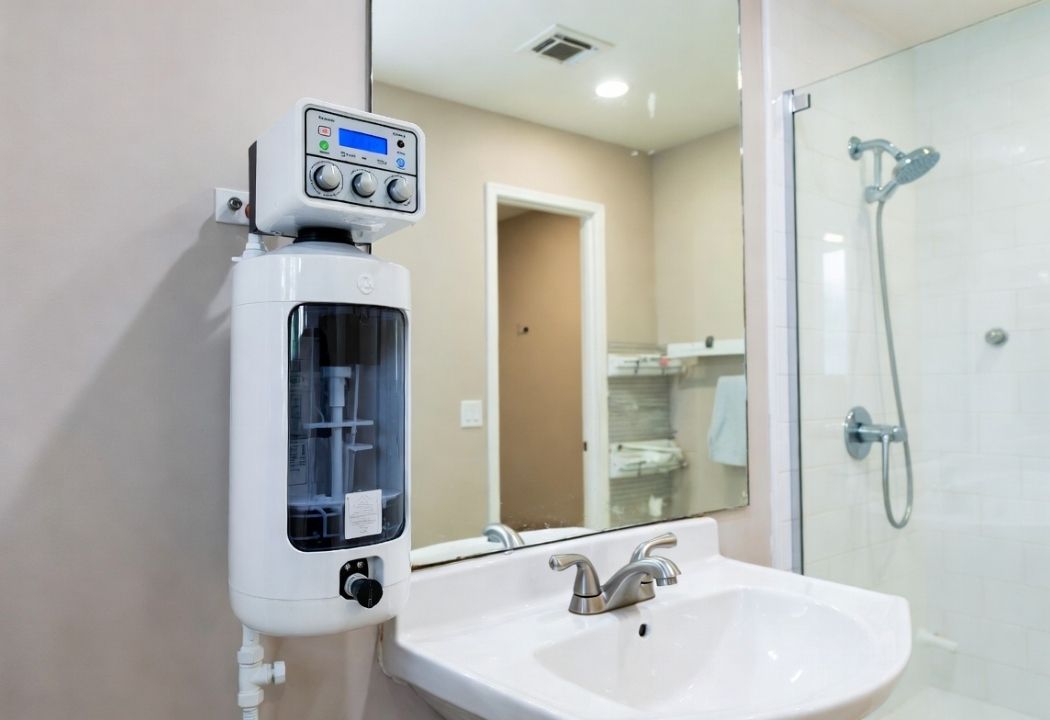Acrylic paint is one of the most versatile and popular mediums for artists, DIY enthusiasts, and even home improvement projects. But what happens when acetone, a common household solvent, comes into the picture? Whether you’ve accidentally spilled acetone onto your artwork or you’re curious about its potential as an acrylic paint thinner, this guide will help you understand what acetone does to acrylic paint, its uses, and the pros and cons of using it in your creative projects.
Understanding Acrylic Paint and Acetone
Before digging into how these two substances interact, it’s important to understand what acrylic paint and acetone are on a fundamental level.
What is Acrylic Paint?
Acrylic paint is made up of three main components:
- Pigment – Provides the color.
- Binder (Acrylic Polymer) – Holds the pigment together and helps it adhere to surfaces.
- Solvent (Water) – Keeps the paint in liquid form until it’s applied and dries.
When acrylic paint dries, water evaporates, leaving behind a durable and flexible film of pigment held together by the acrylic binder.
What is Acetone?
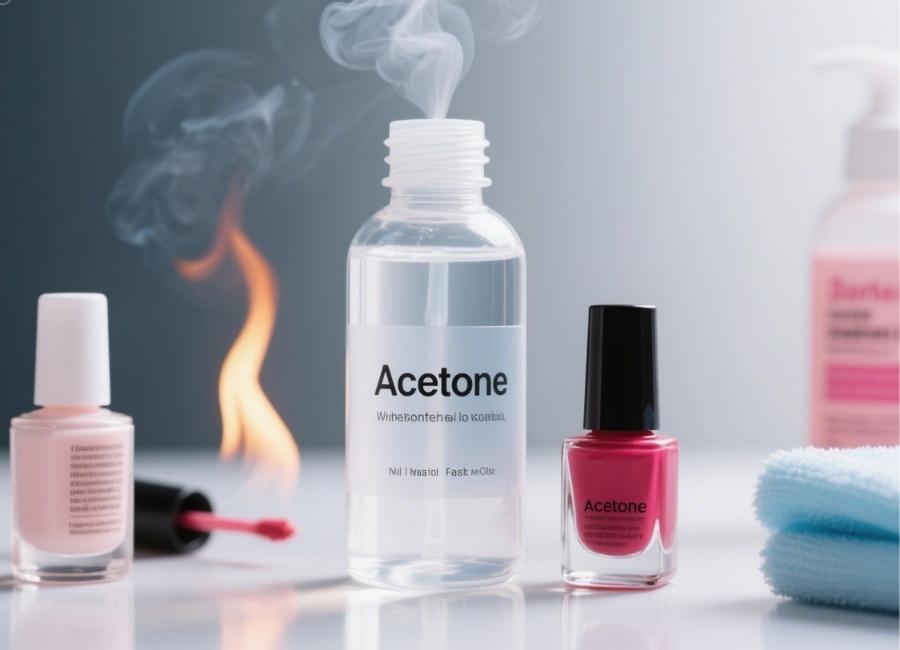
Acetone is a fast-evaporating, highly flammable solvent often found in nail polish removers, paint thinners, and cleaning products. It’s widely used because of its ability to dissolve materials like plastics, adhesives, and some types of paint.
Now that we understand the properties of these two substances, how exactly does acetone affect acrylic paint?
The Effects of Acetone on Acrylic Paint
When acetone and acrylic paint come into contact, several chemical interactions occur due to acetone’s properties as a solvent. Here’s a breakdown of its effects:
1. Thinning Acrylic Paint
Acetone is potent enough to thin acrylic paint effectively. Adding small amounts of acetone to acrylic paint can create a smoother, more fluid consistency, ideal for techniques like pouring, glazing, or detailed line work. However, be careful not to overdo it. Too much acetone can weaken the paint’s binder, compromising its durability and adhesion.
Best Practice Tip:
If you’re looking for more control, use a dedicated acrylic paint thinner or flow improver designed to maintain the paint’s integrity.
2. Dissolving Dried Acrylic Paint
One of acetone’s most notable properties is its ability to dissolve hardened materials, including dried acrylic paint. This makes acetone a handy tool for cleaning brushes, palettes, or surfaces with dried paint. However, using acetone on delicate surfaces can cause damage, so test it in an inconspicuous area first.
Example:
Got dried acrylic paint on your glass palette? Apply a small amount of acetone, gently scrub with a cloth, and watch the paint lift right off.
3. Breaking Down Paint Binders
While acetone can effectively soften or dissolve acrylic paint, it also breaks down the acrylic binder. This can cause paint layers to crack, peel, or lose adhesion over time. For this reason, using acetone in artworks or projects requiring long-term durability isn’t recommended.
4. Quick Evaporation
Acetone evaporates much faster than water, which can impact the way acrylic paint behaves. When mixed, it can accelerate drying times, making it harder to blend colors or achieve smooth transitions. This can be a disadvantage if you’re working on a detailed piece requiring extended manipulation time.
Should You Use Acetone With Acrylic Paint?
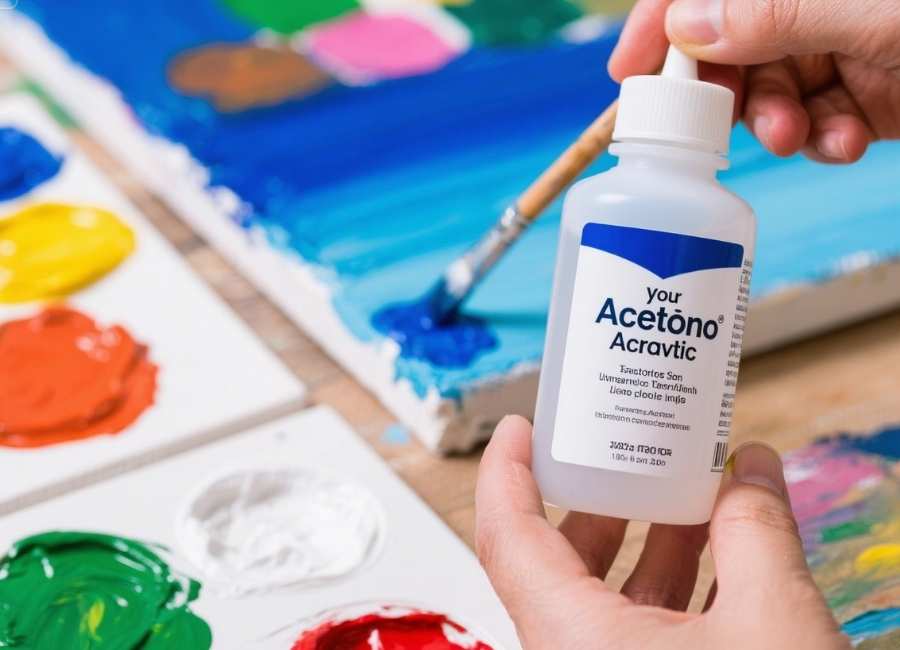
Whether to use acetone with acrylic paint depends on your specific goals. To help you decide, here are some pros and cons:
Pros of Using Acetone on Acrylic Paint:
- Effective Thinner: Quickly thins paint for fluid techniques like glazing or washes.
- Powerful Cleaner: Easily removes dried paint from non-porous surfaces, brushes, or tools.
- Readily Available: Acetone is inexpensive and easy to find in most households or hardware stores.
Cons of Using Acetone on Acrylic Paint:
- Weakens Binder: Excessive use can compromise the paint’s durability, causing cracking or peeling.
- Lack of Control: Acetone can thin paint too aggressively, making it difficult to achieve the desired consistency.
- Potential Damage: Harsh on delicate materials and may damage surfaces unintentionally.
- Fast Drying: Limits working time for blending and layering.
For most applications, art- or paint-specific mediums are a safer and more reliable option.
Safer Alternatives to Acetone for Acrylic Paint
If acetone seems like a harsh choice, consider these alternatives for thinning or cleaning acrylic paint:
1. Water
Water is the most straightforward and safe choice for thinning acrylic paint. It maintains the integrity of the paint while extending working time. Just avoid using too much, as over-thinning can weaken the paint film.
2. Acrylic Mediums
Professional-grade acrylic thinners, flow improvers, or glazing liquids are designed to dilute acrylic paint without compromising its quality. These products are ideal for creating textures, altering drying times, or achieving specific effects.
3. Isopropyl Alcohol
For cleaning dried paint, isopropyl alcohol is another viable option. While not as harsh as acetone, it’s still effective for cleaning brushes or removing paint from surfaces.
4. Dedicated Brush Cleaners
Specialized brush cleaners effectively remove acrylic paint without damaging the bristles, preserving the life of your brushes.
Expert Tips for Using Acetone Safely
If you do decide to use acetone with acrylic paint, follow these safety tips to avoid potential hazards:
- Work in a Ventilated Space:
Acetone has strong fumes that can cause dizziness or irritation. Always use it in a well-ventilated area, and consider wearing a mask.
- Use in Small Quantities:
Only a few drops of acetone are needed to thin paint or clean surfaces. Avoid using large amounts to reduce the risk of over-dilution or damage.
- Wear Protective Gear:
Acetone can be harsh on the skin, so wear gloves and avoid prolonged contact.
- Keep Away From Flames:
Acetone is highly flammable, so store and use it away from open flames or heat sources.
A Word of Caution for Artists
While acetone can be a useful tool in specific situations, it’s not a universal solution for handling acrylic paint. For long-lasting artwork or professional projects, stick to proven acrylic mediums and products that maintain the quality of your materials.
Final Thoughts on Acetone and Acrylic Paint
Acetone’s powerful solvent properties make it both a helpful tool and a potentially harmful one when working with acrylic paint. While it’s great for cleaning dried paint or thinning in small amounts, overuse can weaken the paint and lead to undesirable results.
For artists and creators seeking a reliable approach, dedicated acrylic mediums are the safer choice. However, in a pinch, acetone can be a valuable addition to your creative toolkit when used responsibly.
Want more tips on managing art supplies and working with acrylic paint? Subscribe to our newsletter for expert advice and tricks to elevate your creative projects!





